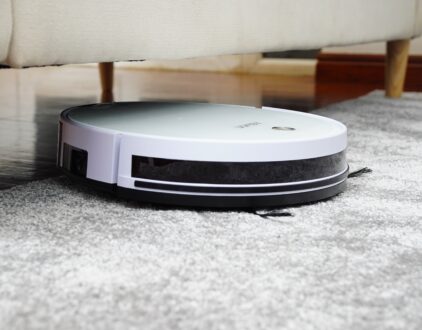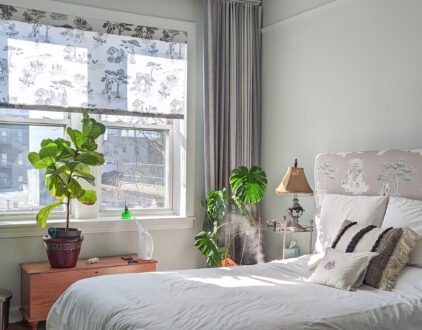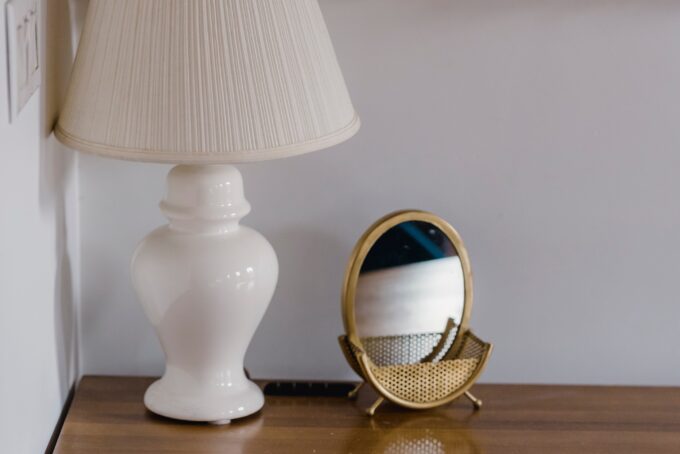According to the Asthma and Allergy Foundation of America, over 100 million Americans suffer from some kind of allergy. And as the sixth leading cause of chronic illness in America, allergies are a major health concern.
When it comes to your living space, allergies can turn your home upside down, triggering common symptoms like sneezing, coughing, congestion, and itchy eyes. Yet, even though we can’t eradicate allergens entirely, adjusting your cleaning routine can significantly reduce your exposure. By incorporating just a few quick and easy changes, you can create a healthier environment for yourself and your family. Here’s how.
Adjusting Your Cleaning Routine To Minimize Allergy Symptoms
Adjusting your cleaning routine to minimize allergy symptoms is essential for creating a healthier home environment. Incorporate these tips into your cleaning routine to enjoy a cleaner, fresher, and allergy-friendly home.
1. Start with a strategic plan.
Before you take a deep dive into your cleaning routine, think about what your specific allergy triggers are. For many people, the most common culprits are dust mites, pet dander, mold, pollen, and certain household chemicals. So after you’ve determined what your allergens are, you can create a suitable cleaning strategy that targets them.

2. Dust and vacuum regularly.
When it comes to reducing your allergies, the simple act of dusting and vacuuming can help quite a bit. To eradicate allergens, use a damp cloth to wipe down surfaces, especially in areas with heavy foot traffic like upholstery, and carpeting, where allergens tend to accumulate.
As for vacuuming, be sure to pick out a model that comes with a HEPA filter designed to zap away even the smallest particles.
Pro Tip: Dry dusting tends to spread allergens into the air, so whenever you clean your surfaces, always use a damp cloth to pick up debris without exacerbating your symptoms.
3. Wash your bedding more often.
Your bedding is a serious breeding ground for dust mites and pet dander to thrive. Because of this, laundering your sheets, pillowcases, and blankets regularly is of utmost importance.
To properly clean your bedding, make sure to use hot water to kill dust mites effectively. Additionally, investing in a hypo-allergenic blanket, mattress and pillow covers can provide an extra boost in creating a barrier against allergens.
4. Maintain proper humidity levels.
Excessive moisture can exacerbate allergy symptoms. So to eradicate any allergens that form, you’ll need to use a dehumidifier to maintain healthy indoor humidity levels — typically between 30% and 50%.
Because bathrooms and kitchens tend to have more moisture than other areas, proper ventilation is necessary to keep it from building up and creating mold and mildew, which are common allergens.

5. Monitor indoor plants.
While indoor plants have a positive reputation for boosting the air quality in your home, certain species can exacerbate allergy symptoms. To ensure your houseplant is working for you, pick a plant with low pollen production. This can be anything from ferns to palms to spider plants.
Then, be sure to keep your new plant clean by regularly wiping down the leaves so that dust doesn’t have a chance to accumulate.
6. Declutter your area.
If you notice your allergy symptoms are triggered in one room but not another, it may be time for a little tidying up. When a space is cluttered, it can provide the perfect hiding spot for dust, mold, and other allergens to build up.
For healthier air quality, make it a point to minimize the clutter in your home regularly to protect your surfaces from pesky allergens. If you have a lot of knick-knacks, be sure to store them in sealed containers when not in use to prevent dust buildup.
7. Be mindful when wiping down surfaces.
When cleaning dusty surfaces, always opt for microfiber cloths or electrostatic dusters that trap dust and allergens without stirring them up and forcing them into the air like feather dusters or dry cloths.
Another way to keep allergens at bay when cleaning is to use natural cleaning solutions or products — specifically, the ones labeled as allergy-friendly because they’re specially formulated to reduce your exposure to irritants.
popular posts
- 1It’s Black Business Month, So Let’s Go Shopping and #BuyBlack!
- 2These Home Decor Items Will Instantly Make Your Space Look Outdated
- 3Black-Owned Home Decor Stores To Support Across the United States
- 4A Look Inside Elon Musk's Tiny $50,000 House
- 57 Black and Multicultural Designers To Follow For Design Inspo

Home & Texture Editor's Picks: The 5 Best Vacuums on Amazon
by Stephanie Taylor | February 2, 2023

7 New And Bestselling simplehuman Products To Help Your Home Run Smoothly
by Stephanie Taylor | February 15, 2023

Product Review: Here's What We Think About The Levoit LV600s Humidifier
by Nneya Richards | February 22, 2023
Spaces
Whether it’s luxury or ease, every area of your home should be as fabulous and unique as you.

A New Study Reveals That This Item Has More Germs Than A Toilet Bowl
by Kelsey Marie | April 25, 2023
FOLLOW ALONG ON INSTAGRAM
#homeandtexture
Find us on social for more home inspiration where culture, personal style, and sophisticated shopping intersect to help you create a home where you love to live.




